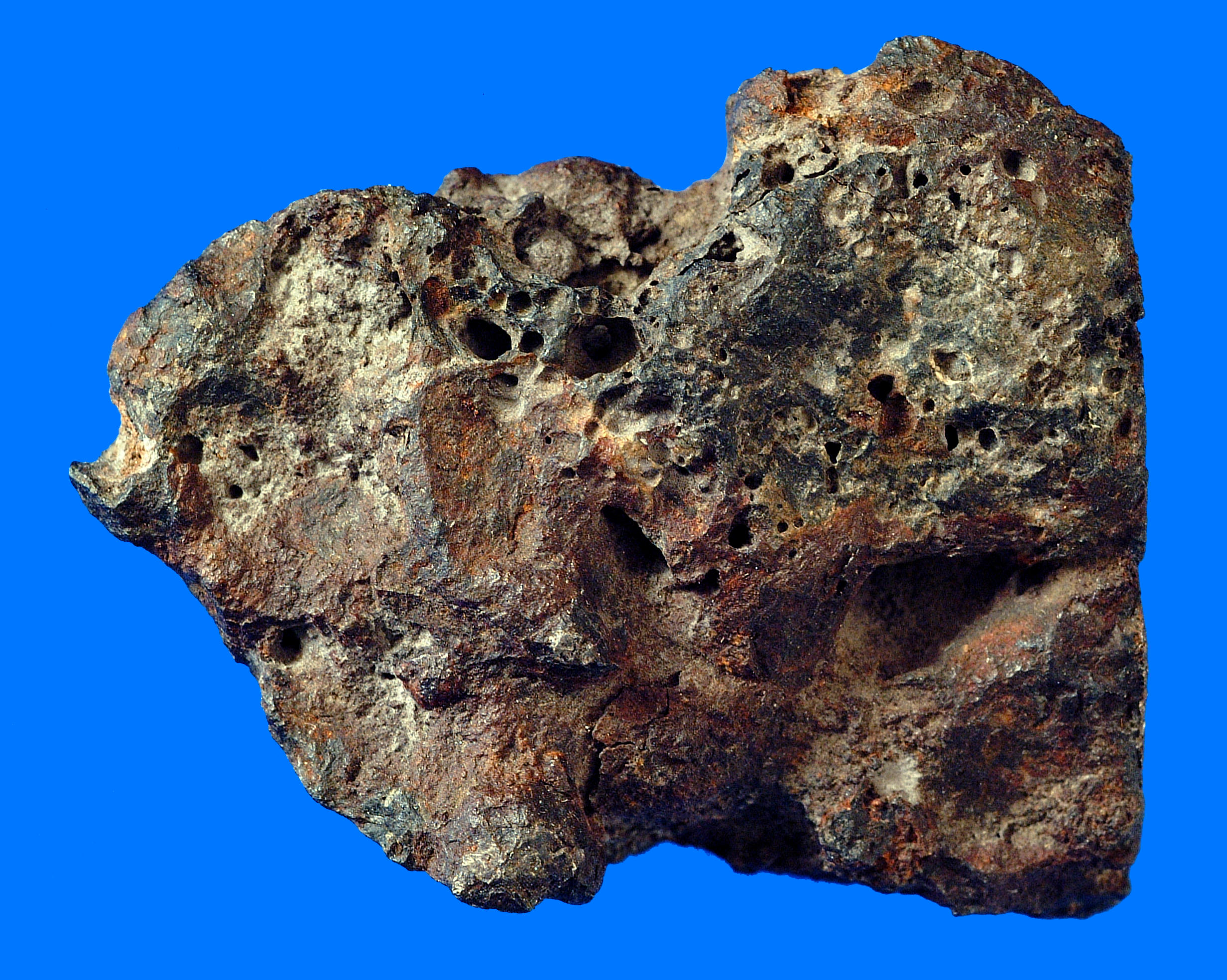

Despite the occurrence of iron, it is not attracted to magnet as it belongs to a rare class of meteorites that originated in melt pools on asteroids created by the impacts of other rocks.Īlexander told that he was excited to finally test a real meteorite in his forty year career. While not all pieces of magnetic rock are asteroids (you can find.

Alexander noted that the uniqueness of the meteorite was from its "Widmanstätten" pattern of nickel-iron crystals.Īlexander said he would like to compare the newly found rock with the 1984 meteorite, as both the rocks have a similar shape and nickel content. With Magnets - Many meteorite hunters like to use a strong magnet placed on the end of.

Only iron rocks from outer space contain nickel between 5 and 20 percent. The rock was iron and contained about 8 percent nickel, which is unlikely in the iron objects from Earth. After closely looking at a small portion, about 0.6 grams of the rock, under a scanning electron microscope, Alexander ratified it as a rare meteorite. The couple brought the rock to Alexander's lab on May 30. An Earth rock of similar measurement will be at least three times lighter. The rock weighed 33 pounds but measured only about 16 inches by 12 inches across and about 2 inches wide. Alexander looked at the photos sent by the couple and knew it was no ordinary rock and called them over for further testing. In April, the Lilienthals contacted Calvin Alexander, a professor at the University of Minnesota, curious to find out more about the rock. They had no clue about the rock's uniqueness and that it was a meteorite, until recently. found that the meteorite impact had weakened the magnetic field in the area. The couple, amazed by the unique appearance of the rock, stored it along with their pile of interesting finds. The discovery could further the study of not only Earths geology but also. Meteors and fireballs are commonly referred to as shooting stars. Back Guarantee if you receive an item that is not as described in the listing. A fireball is a very bright meteor and may actually break up and drop meteorites. Meteorite found in Wiltshire absolutely stunning non metallic or magnetic. Finally, most suitable model is proposed as bi-exponential model based on the goodness of fit parameters.A couple from Arlington, Minnesota, discovered a rare, 33-pound meteorite in their corn farm two years ago during the annual spring field clearing, and tests show that it is likely a part of a meteorite found about three miles away from the farm in 1984.įarmers Bruce and Nelva Lilienthal made the biggest discovery of their life by finding a rare 33-pound meteorite during the annual spring field clearing two years ago. A meteor is the streak of light we see at night as a small meteoroid burns up passing through our atmosphere. Few modified models are also proposed and evaluated for the goodness of fit. Mathematical modelling of hysteresis data is also performed using already available models. A sensitive GM counter showed no traces of radioactivity. FOR SALE METEORITE CONTAINS TITANIUM NON MAGNETIC SPACE ROCK 123 X 80 X 56 114848061636. METEORITE TITANIUM NON Magnetic Space Rock 123 X 80 X 56 Mm 778 G - 265.00. Meteorites tend to be more blackish than the surrounding desert ground and are more easily visible. The best areas to search for meteorites are large and barren deserts. The magnetic saturation (M s) of 0.701 emu/g was observed for the saturation field of (H s) = 5025 Oe. METEORITE CONTAINS TITANIUM NON MAGNETIC SPACE ROCK 123 X 80 X 56 114848061636. Meteorite hunting became a somewhat popular hobby starting in the late 1950s during the space race and saw an increase in activity from the 1980s to current. The magnetic measurements of the meteorite specimen indicated that it is a soft ferromagnetic material. The hardness testing showed that the meteorite consisted of a soft material with 22.5 HRC Rockwell hardness. The compositional analysis of the meteorite revealed that the sample was mainly composed of an iron-nickel alloy role.

The meteorite specimen was studied using the following different characterization techniques like X-ray powder diffraction, scanning electron microscopy, backscattered electron imaging, Energy Dispersive X-Ray Analysis, magnetic property measurements and hardness testing (Rockwell, Vicker, Brinell). Stony meteorites, while not as iron/nickel rich as the other types, still have enough magnetism for a strong magnet to attach. The experimental reports of structural modification, mechanical and magnetic properties of the Saudi meteorite were studied and discussed.


 0 kommentar(er)
0 kommentar(er)
